70th Anniversary Re-Enactment of Bert Hinkler’s 1928 First Solo Flight from England to Australia 1998
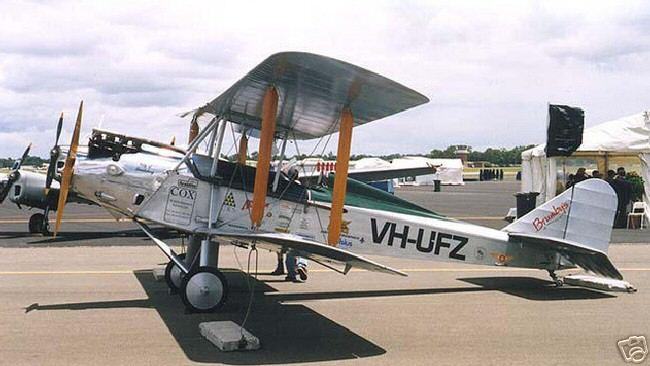
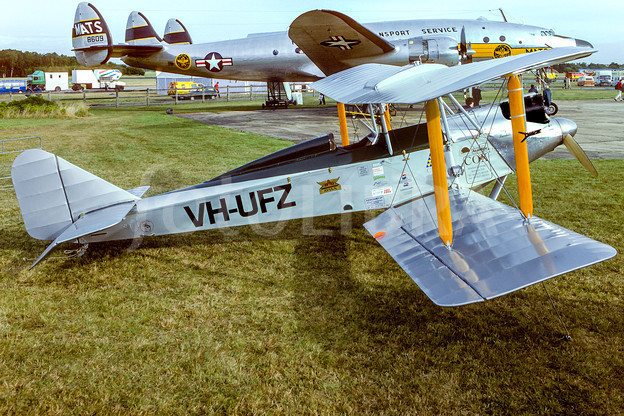
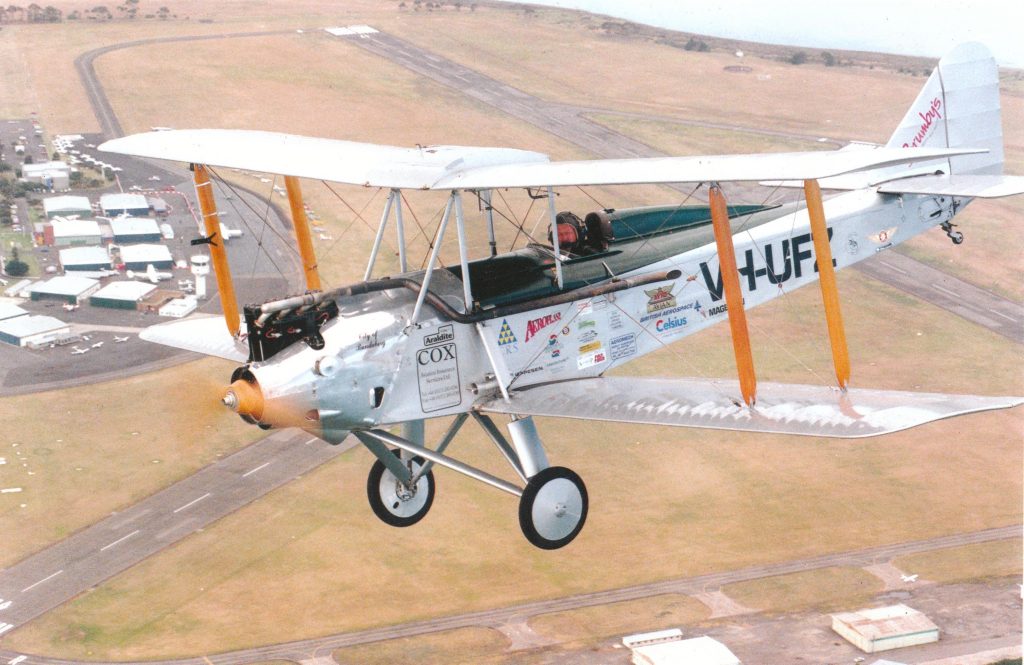
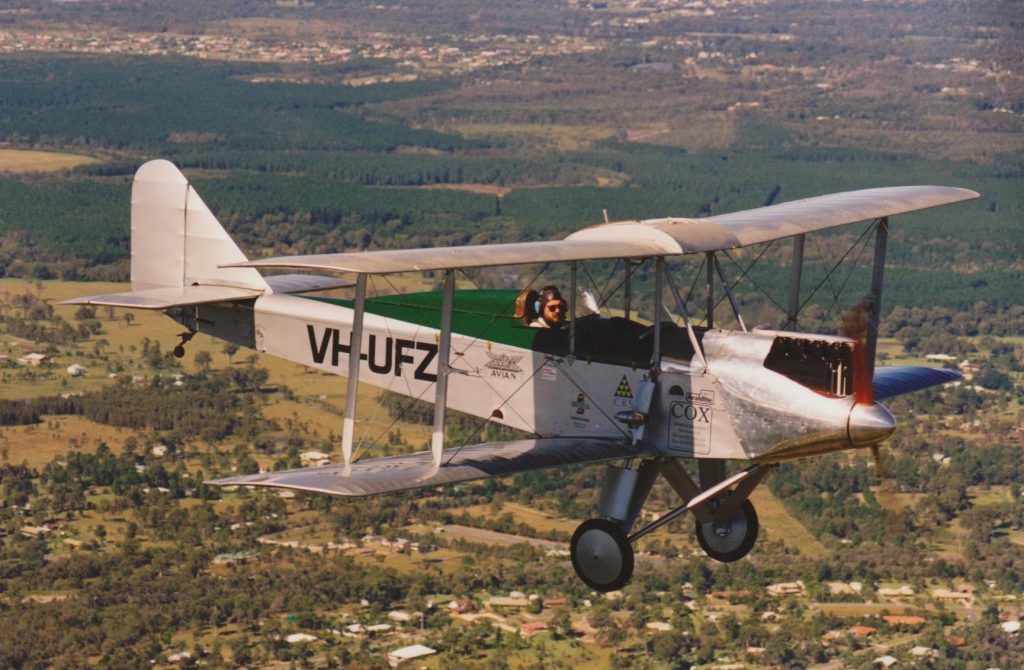
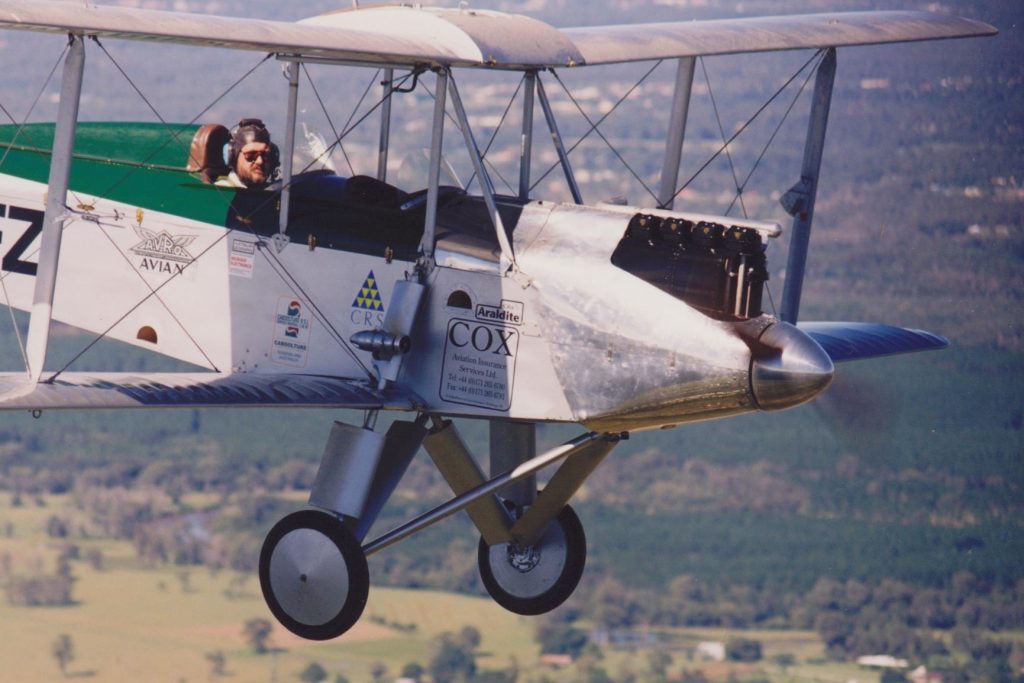
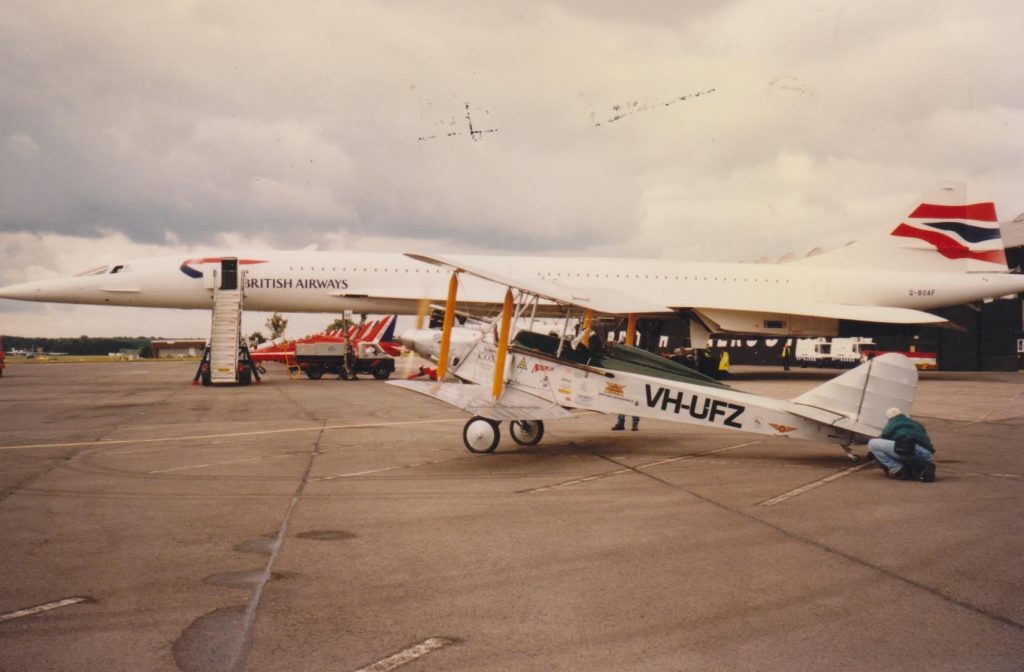
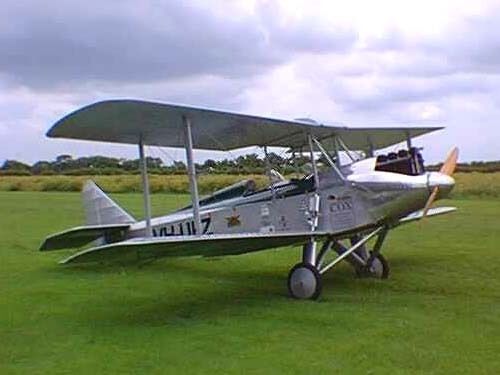
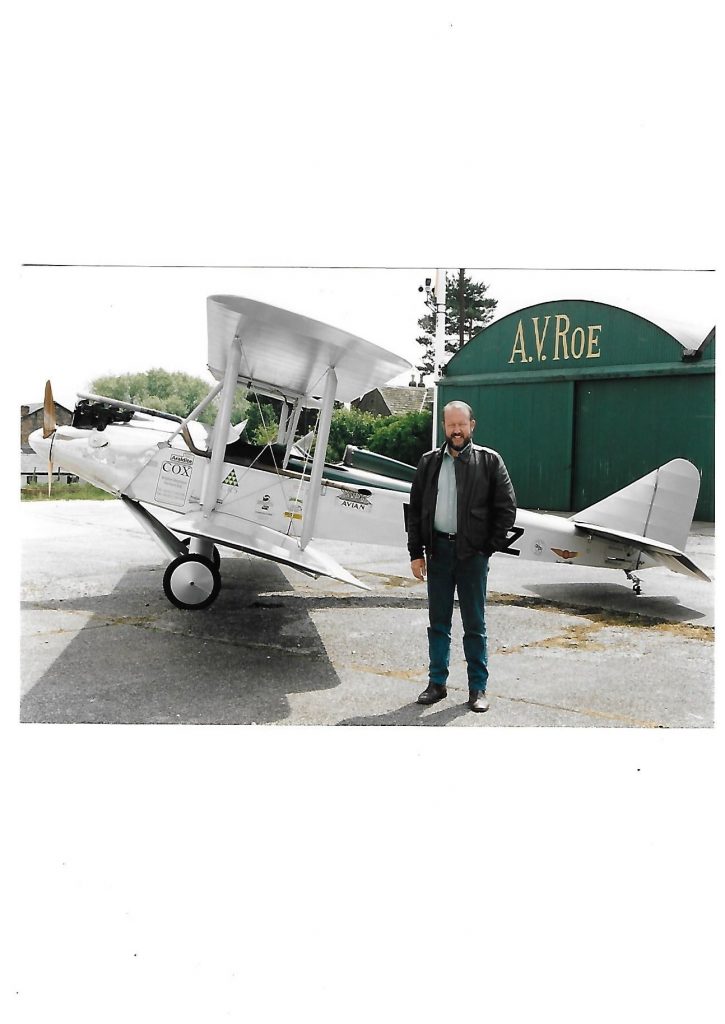
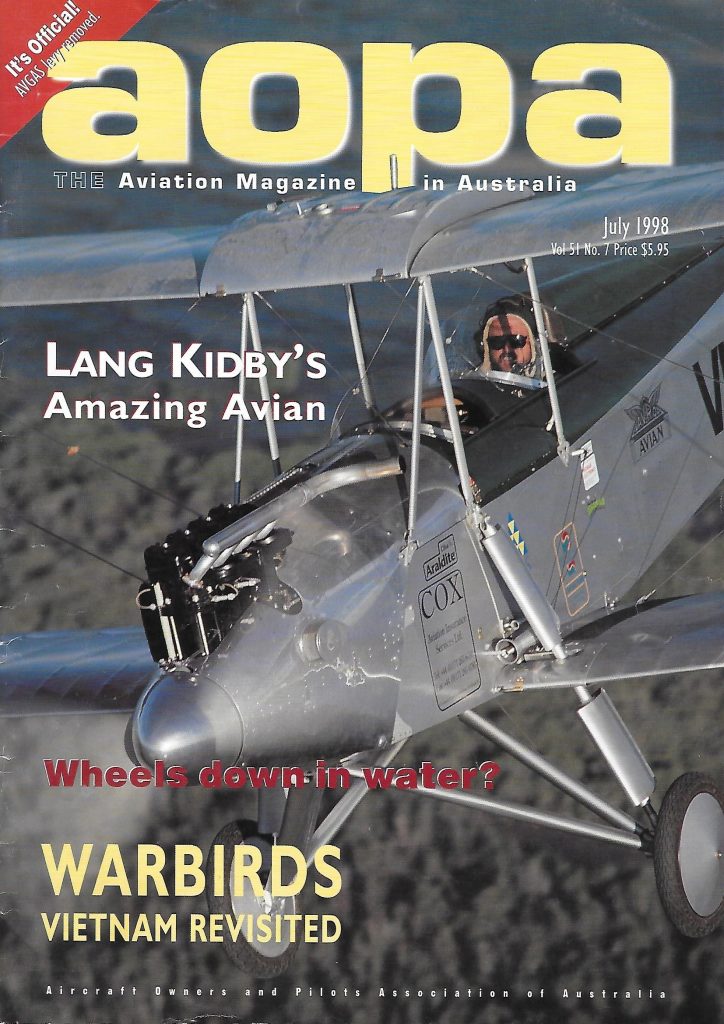
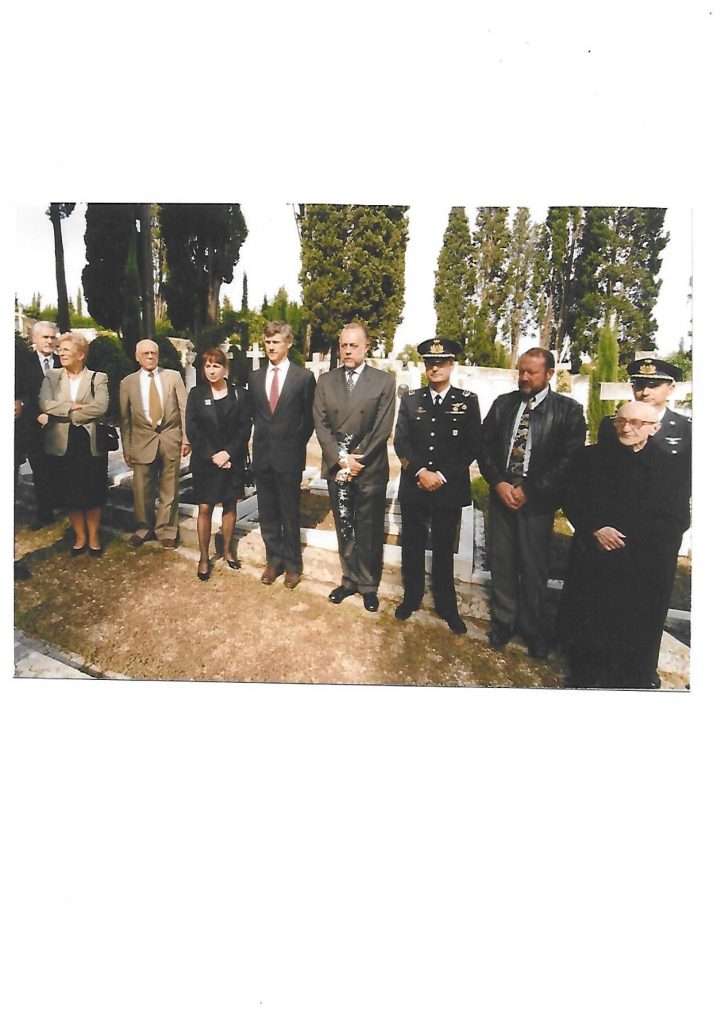
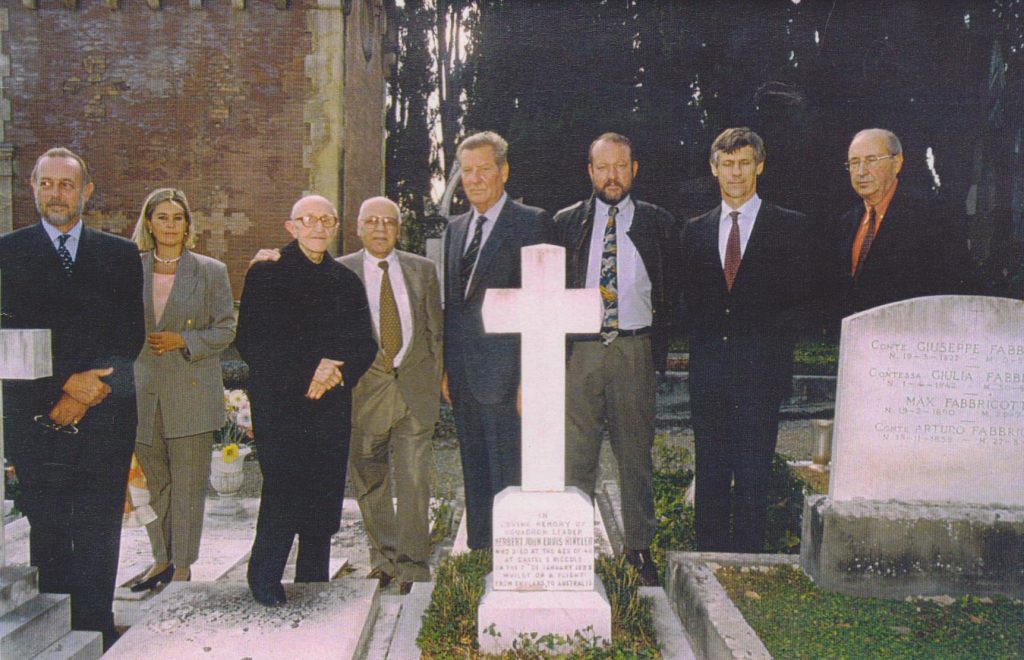
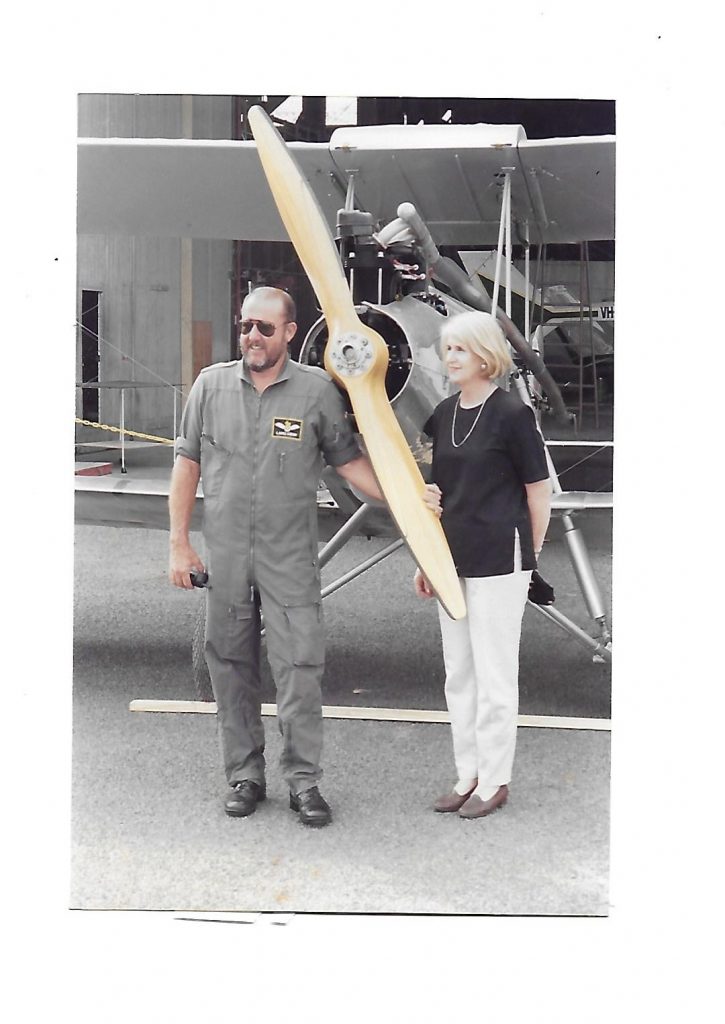
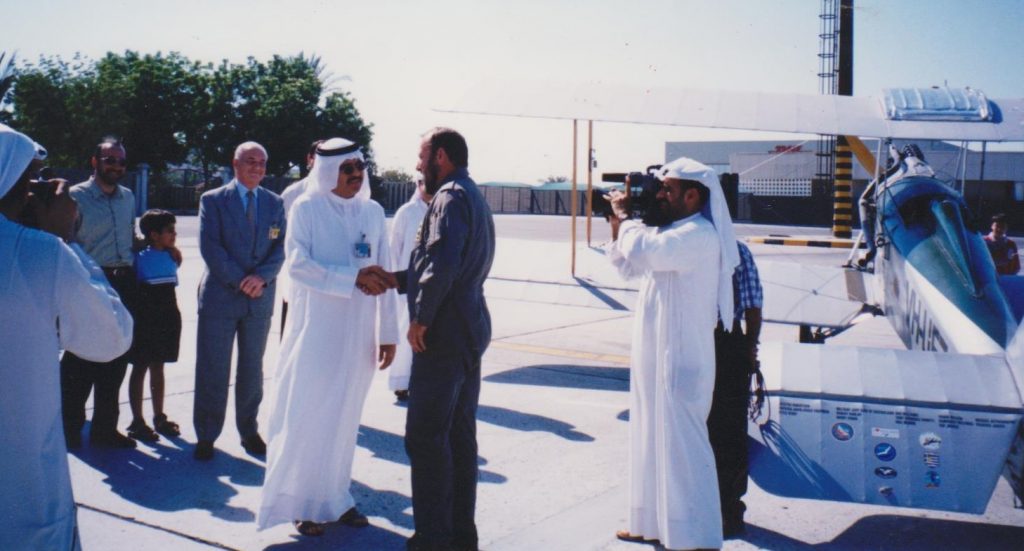
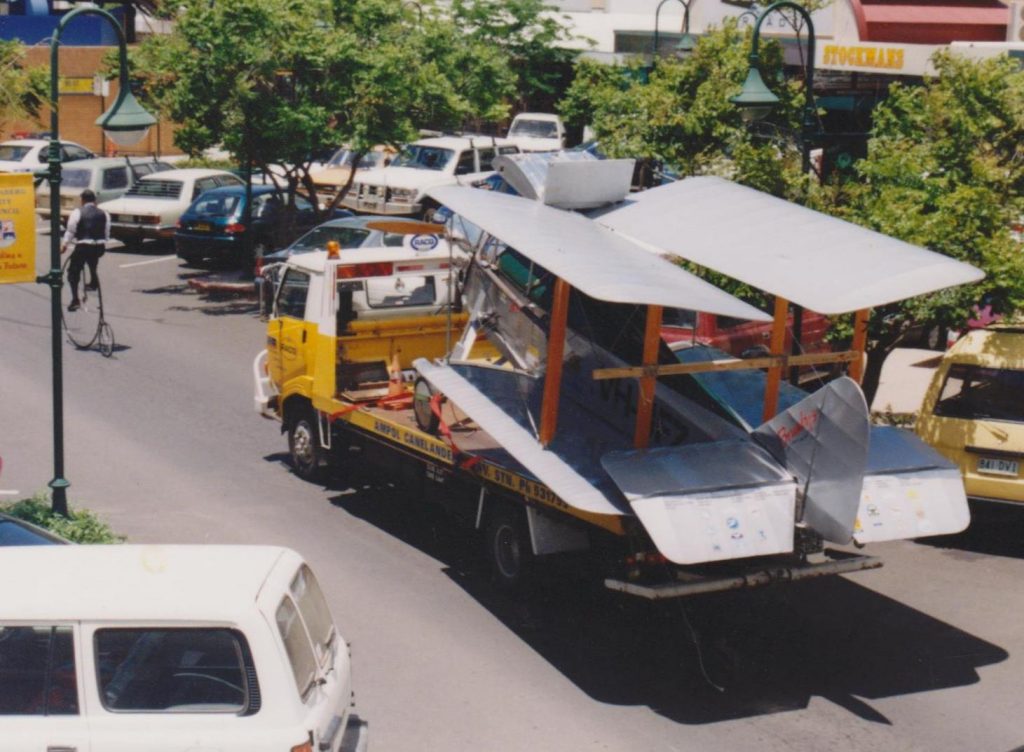
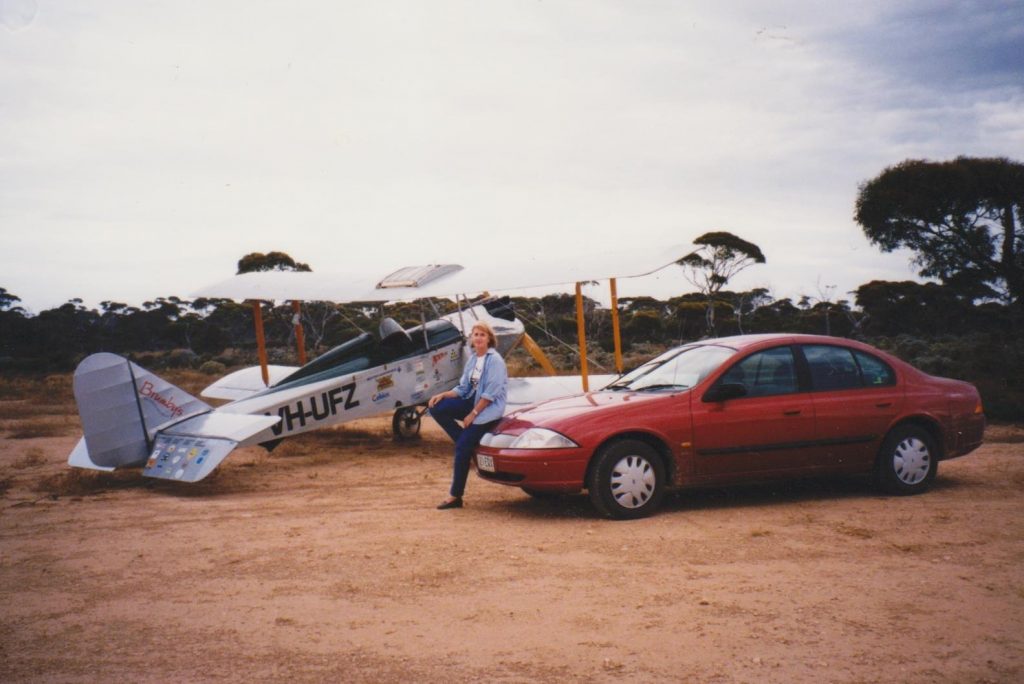

Restoration of the Avro Avian UFZ at Caboolture Airfield 1997 /98
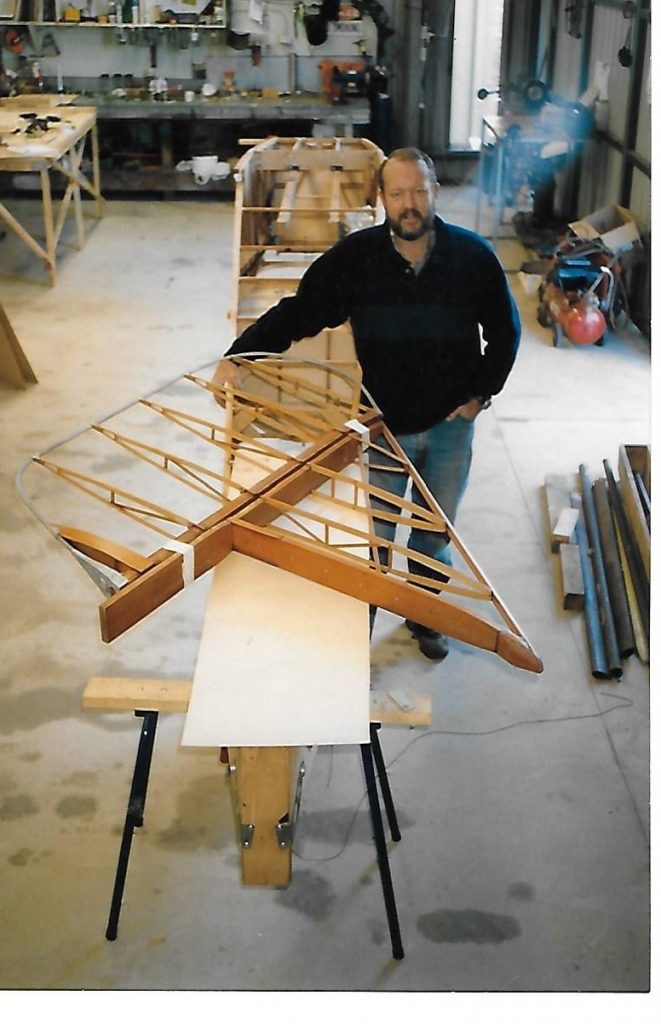
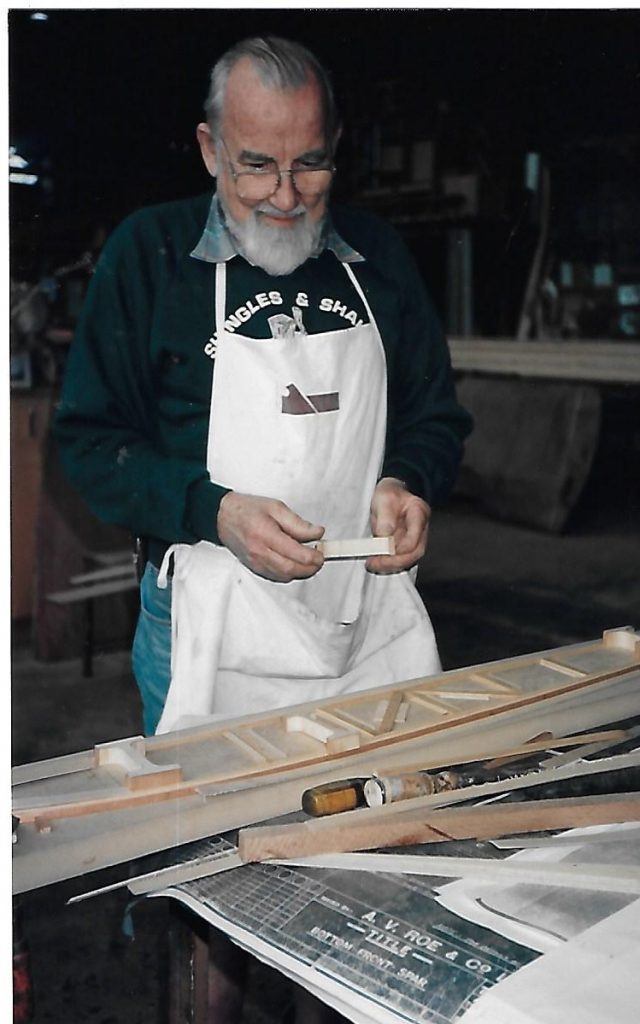
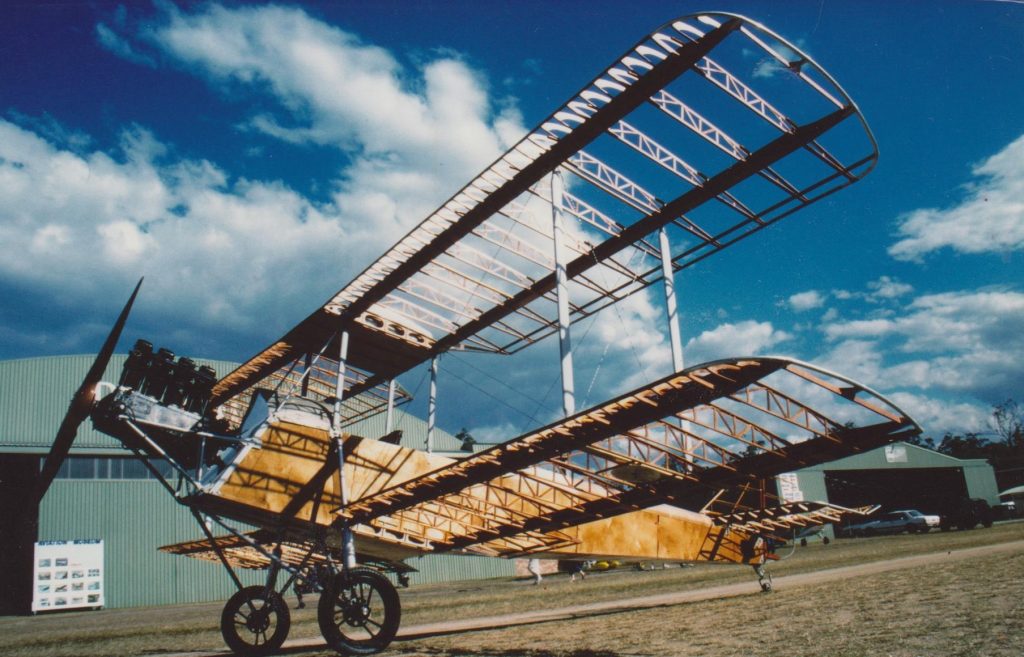
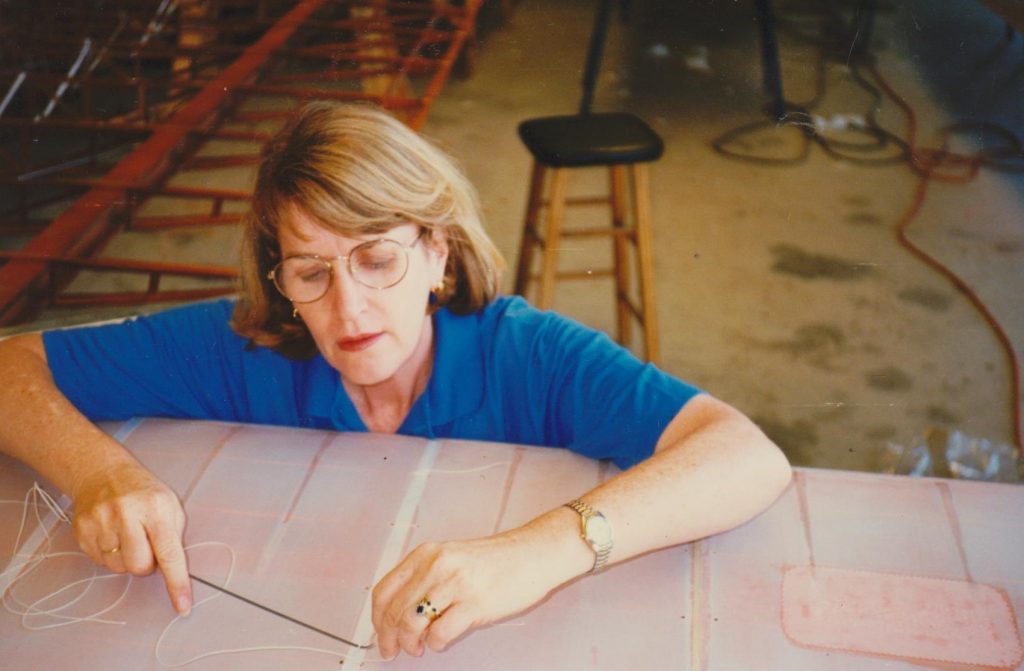
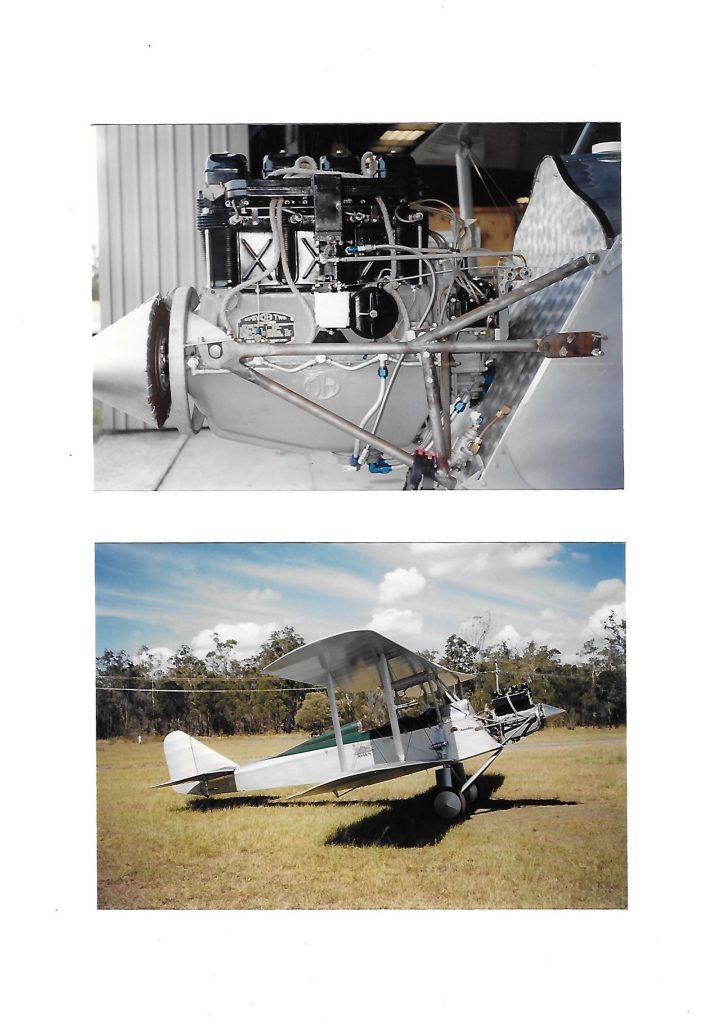
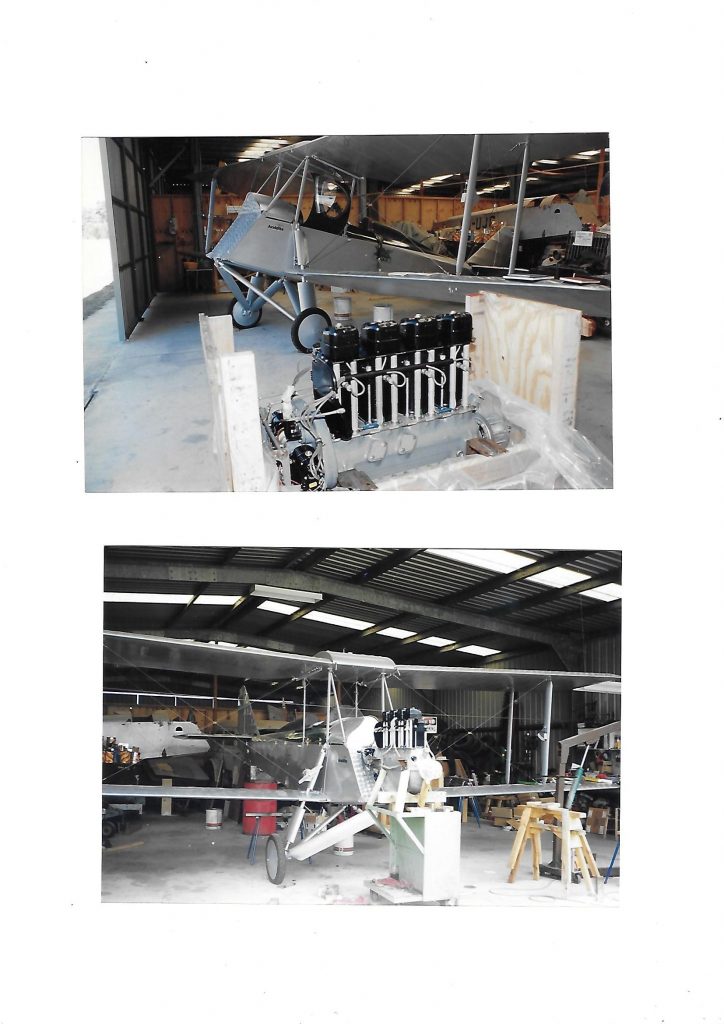
Here is a nice short video by the Historic Aviation team in Perth.
Avro Avian UFZ
Discovery of a 1927 AVRO AVIAN aircraft under a house in Brisbane sparked the idea of retracing Queenslander Bert Hinkler’s fabulous 1928 flight. In a similar AVIAN, Hinkler became the first man to cover the 14,000 miles from England to Australia totally alone and 1998 was a very appropriate year in which to honour one of the greatest feats of aviation pioneering.
With the full support of my long-suffering wife, Beverley, I commenced what would be a 12-month full time restoration project at Caboolture airfield, just north of Brisbane. Kingsford-Smith said in 1928 “Finding sponsorship is like selling stinking fish” and we soon found nothing has changed. Although there was tremendous support from dozens of people worldwide (including Aeroplane), the elusive major sponsor failed to transpire. It was not long before the house was mortgaged to complete the project, which by now had become a mission. Bev continued to work overtime to keep the anorexic checkbook alive. It was constantly in need of transfusions despite the best economy efforts of numerous enthusiastic volunteer helpers and myself.
Another well-known saying was that of Donald Douglas when he was building the DC-3 “When the weight of the paperwork equals the weight of the aircraft it will fly”. My special CASA (Civil Aviation Safety Authority) wrist-slashing knife was pulled from its scabbard a couple of times but the problems were solved before I was driven to use it. Finally, in May 1998, the AVIAN, carrying its original 1928 registration –VH-UFZ- flew for the first time in 50 years, the last airworthy aircraft of its type in the world.
Captain Frederic Jaques would have been proud to see her in the air again. Jaques had imported UFZ brand new into Australia in 1927 and used her on many pioneering runs around South Australia and Western NSW. I was equally proud to have saved this great part of Australia’s history and brought the delightfully handling machine down onto the grass runway at Caboolture, very confident it would carry me across the world.
Within days the AVIAN was in the hold of a MARTINAIR 747 winging its way to Europe. Bev had quit her job and soon joined me in England hoping to survive on the appearance money from the numerous airshows which were keen to book this outstanding example of British Commonwealth aviation history. Special Awards followed every weekend as we “barnstormed” from show to show in England and Ireland. Suddenly, with only 8 weeks to go before departure for Australia – disaster struck! Our beautiful aircraft was almost totally destroyed in a landing accident.
COX Insurance, our only large sponsor, decided the aircraft and project were too important to write off so said, “Repair!” The usual army of “experts” said it could not be done in the time (which was like a red rag to a bull to me). By distributing parts of AVIAN between a number of the most famous aircraft restorers in UK we managed to arrive at the great Farnbourough Air Show two days before launching for Australia. It was going to be quite a test flight for a newly rebuilt aeroplane.
Bert Hinkler set out to cross that section of the world either owned or under the influence of the mighty British Empire – it is said he did not even carry a passport. On the other hand I had to cross 18 independent nations, several less than co-operative. Bev had the unenviable job of following me as best she could by airline, spending hundreds of hours on the fax and phone at her stops trying to keep the diplomatic and overflight approvals ahead of the aircraft.
The tiny AVIAN, fitted with extra fuel tanks to give me 12 hours endurance (a long time to sit in a cramped and windy open cockpit!) handled very nicely but the weather nearly all the way to Australia was atrocious. Old Bert had a delightful weather window for his flight, unfortunately 1998 did not offer the same benign flying conditions. Continuous rain and strong winds battered us right across Europe. Dust and full-blown sandstorms endangered the flight daily across the Middle East and hour after hour of tropical thunderstorms threatened to strip the cotton fabric from the wings through South East Asia. From a survival point of view it was pretty marginal!
Unlike modern small aircraft, the AVIAN is typical of its era, with a very light wing loading and not inherently stable, requiring constant control inputs from the pilot. A quick look down at the map, a few bumps of turbulence and the plane is climbing, descending or turning. This becomes very tiring after 10 or 11 hours. Of course the continuous cockpit wind and roar of the exhaust pipe only a foot away from my left ear did not help. Still, if it were easy everybody would be doing it!
Following Hinkler’s path as closely as possible, I pushed the little aircraft towards the East. A number of diplomatic clearances tested all the skills possessed by Bev and me and several days were lost obtaining overflight approvals with appeals to embassies and numerous bureaucratic authorities costing thousands of dollars in phone and fax bills. Through all this Bev still managed to send a daily report. (Transcripts of reports following) *
Within two days a couple of minor dramas had overtaken us. Flying along the Riviera coast I smelt fuel and, by the time Genoa arrived, the split tank had soaked me to the knees and AVGAS was 100mm deep under my seat. Not two days later the main wing tank began to spray fuel over the windscreen and into the cockpit. As the fuel swirled into my eyes I furiously operated the hand pump, hoping I could keep fuel from the long-range tanks going into the main faster than it was running out. For over half an hour above the sea between Italy and Greece the expected explosion from the AVGAS pouring over the exhaust failed to materialize. I was quite pleased to land at Brindisi half blinded and soaked to the waist in fuel. My original Australian tank was sent from England and refitted to solve the problem.
As I droned across 450 miles of Mediterranean Sea from Crete to Egypt then down the Nile to overfly the Pyramids I thought how lonely Hinkler must have been at times. I soon was convinced how lucky he was as the constant barrage of instructions from the Egyptian Air Traffic Controllers sorely tempted me to turn the radio off to gain a moment’s peace and quiet. This is the fourth trip for me in antique aeroplanes over this route in 8 years and I am amazed at the improvement in air-traffic services in that time. Increased radar coverage and vastly improved controller skills were to be found in every country.
Day after day over the Red Sea, Jordan and the two 10 hour dust-storm flights across the vastness of the Saudi Arabian desert the little aircraft carried me along, sometimes being passed by cars below if there was headwind. What sin did I commit in a former life to be given headwinds every time I fly? Receptions were tremendous and Hinkler seemed to be known by people in every country. Re-creating flights in modern aircraft is a worthwhile tribute to our early heroes but doing one in a 70 year old aircraft of the same type as the original has a tangible link to the past. I didn’t see Bert’s ghost flying alongside but would not have been surprised if I had.
The British bureaucratic legacy in India and Pakistan took its toll of my patience. Vast numbers of forms (62 bits of paper including copies at one airport alone) meant I was spending more time at the airport than in the air each day.
A minor diversion occurred when a huge explosion of blood and feathers punctuated the flight over the widely varied countryside of India as a very large eagle impaled itself on the supporting wires between the wings. It was some time before I managed to break free of the drag of the large body which was making the AVIAN pull badly to the right– fortunately there was no structural damage.
Another minus was the fact that the Intertropic Conversion Zone was strangely placed this year with monsoons still going in India long after the Indonesian one had started. This meant an horrendous flight out of Calcutta over the vast mangrove delta of the Ganges River. Hour after hour I struggled to keep visual contact with the trees below. The torrential rain had filled the cockpit causing me to constantly wipe my eyes. My clothes were soaked, my boots full of water and my maps had turned to a handful of porridge. 10 hours later, upon landing at Yangon in Myanmar (Rangoon, Burma), I found the water had worn the leading edge of my wooden propeller completely away.
Another week of constantly dodging storms down the Malaysian Peninsular and a couple of thousand miles along the Indonesian island chain, saw the brown line of the Australian coast appear on the horizon. Six weeks of battling weather and bureaucracy and here I was at last. We did it! Touching down in Darwin after the 450 mile Timor Sea crossing was more than a little satisfying. At the front of the crowd stood Bev who had arrived shortly before me on an airline flight. Without her support and courage I could never have made it.
During the next month I had the AVIAN constantly in the air as I exactly retraced Bert Hinkler’s path from Darwin to a fabulous reception in his hometown of Bundaberg. Following the coast of Australia to Perth we finally arrived back home in Brisbane a few days before Christmas. Bev was still my only support as she drove by herself below me (9,000 kilometres in 3 weeks) carrying the T-shirts to sell at each stop to enable us to buy fuel for the next leg.
Lang Kidby
Page 2 Background and Specifications of UFZ
Page 3 Transcript of diary written during the trip
